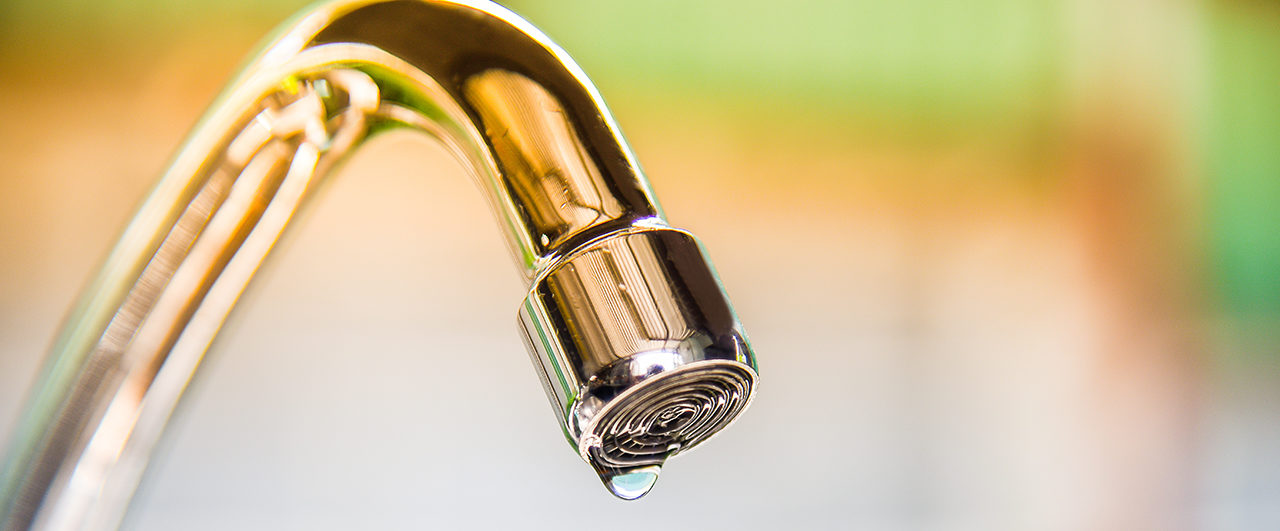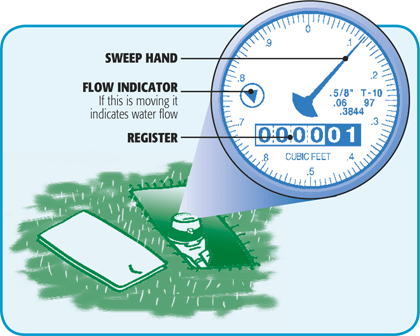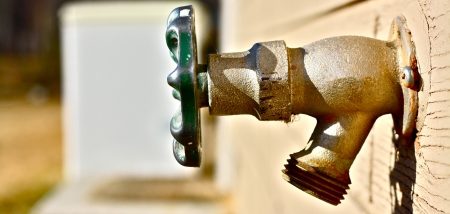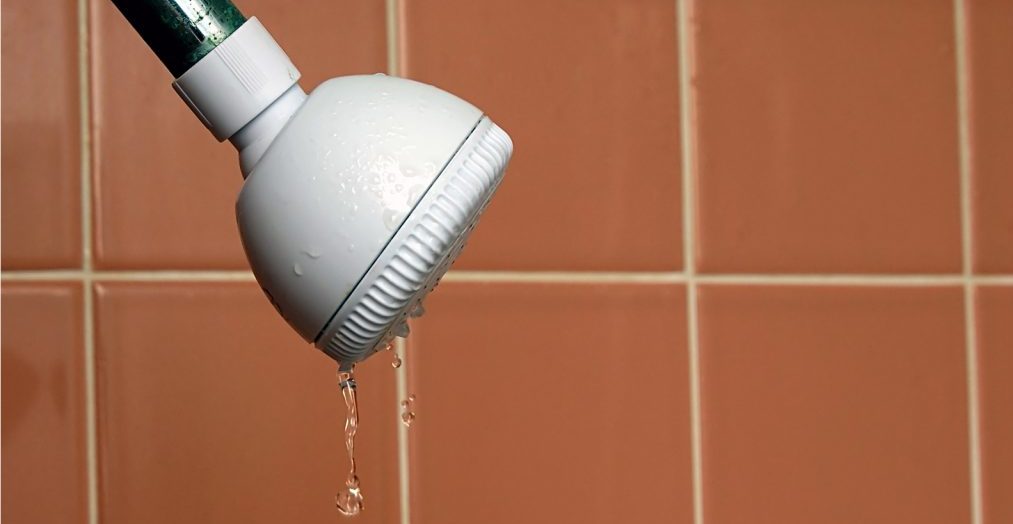How to Find a Water Leak in Your Home
An extremely high water bill can shock households when there is no
obvious sign of a leak
Hidden water leaks can occur without the apparent indications that something is wrong. Luckily, there are ways to stay one step ahead of them. There are a few different techniques that can help you identify water leaks using your water meter. Catch those pesky leaks to save yourself from a nasty surprise from your local utility company! There are also a few steps you can take before calling a plumber.
Thank you to this WikiHow article for these awesome tips!
1. Check the pressure relief valve on the hot water tank
These valves are often plumbed directly into a drain which may be leaking without your knowledge. If you can’t remove the drain pipe to check for a leak, listen for a hissing sound. This sound is the indication of a leak
2. Check the toilets for leaks by removing the top of the tank and listening very closely
Again, a hissing sound could indicate a leak. If you hear it, try to locate its source. If you identify where it is coming from, assess it to determine whether or not you need the help of a plumber to fix it.
If there is not a noticeable sound, add some food coloring to the tank. Wait a few minutes, and if there is coloring in the bowl, you have a leak in the flapper at the bottom of the tank that is allowing water to seep through.
Repeat this process in the other toilets of your home to make sure the problem isn’t widespread!
3. If the toilets are fine, check the line running from the meter to the house
This may sound complicated, but it can save you a good chunk of money if you identify the source of the leak before the plumber arrives.
- If you know you have a shut-off valve by the house, shut it off temporarily and check the meter by removing the lid and watching the dial on the top of the meter
- If you can’t see the meter head, try digging around. They sometimes have dirt or grass covering the top. Once you locate it and ensure that it is turned off, watch the meter to see if it is turning. If it is still turning, then the leak is between the meter and the house! That is, unless you have a leaking valve, which is common with older bronze gate valves. If this is the case, your leak may also be inside the house.
- At this point, walk around the area between the meter and shut-off valve, looking for signs of a leak. these include:
- soft muddy areas
- grass that is greener than the rest of growing more rapidly than other areas
- If you have the valve shut off at the house and the meter has stopped moving, this indicates that the leak is somewhere in the house. Keep trying our other techniques…
4. Try to locate a leak by the house
Locate all the house-bibs. Hose-bibs are the pipes that you connect your hoses to. Usually an average residence has one hose-bib in the front and one in the back.
Once you have found them, take a screwdriver and put the metal tip directly on the metal part of the hose-bib. Put your thumb knuckle on the top of the screwdriver, and place your knuckle on the side of your head, immediately in front of your ear. The sound will travel directly to your eardrum. The idea is for the solid screwdriver to work like a stethoscope. This works for most metal valves as well.
Listen carefully for any sound emitting from the hose-bib. If you hear anything at all, remember where it is by marking it with chalk. If the sound emitted gets louder at any of the other hose-bibs, then the leak is closer to that particular unit. Note that and contact your plumber. Giving the plumber this information will save the plumber time in finding the leak, which will save you money!
5. Check the garden
Look at hoses, taps, and drip irrigation systems
6. Check the shower head for leaks
It should be fairly straightforward to repair if this is the source of the leak
7. If you have a swimming pool, check it
It is important to check your swimming pool to see if there are any signs of a leak
8. Don’t be too hard on yourself
Please recognize that, in many cases, a leak can be very hard to locate. Not all of the leaks outlined in this article can be located if you aren’t accustomed to plumbing positioning, so you may miss something easily. If you follow these steps, you should be able to find an approximate location of the leak, which is a valuable exercise that will help the plumber save time.










